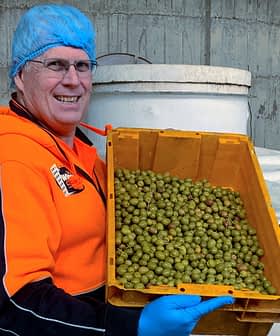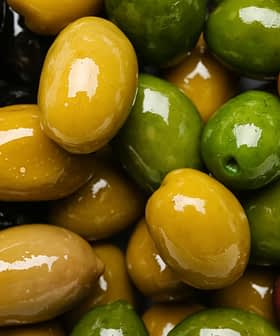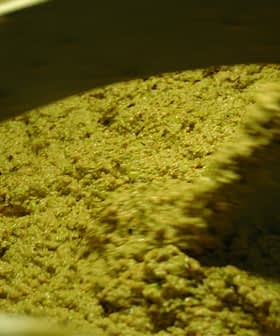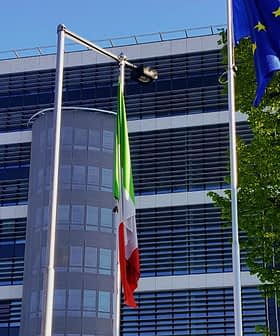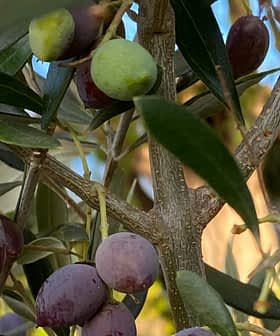Hydrocarbon Fingerprinting Helps E.U. Researchers Verify Olive Oil Provenance
Researchers have discovered a simpler and cheaper method to authenticate the geographical origin of extra virgin olive oil, funded by the European Union’s Oleum project. By focusing on sesquiterpene hydrocarbons, the scientists developed a model that can accurately identify whether olive oil samples were produced in the European Union or have a non‑E.U. origin, with correct classification rates reaching up to 96.0 percent.
Researchers from Spanish and Italian universities have identified a simpler and cheaper method to authenticate extra virgin olive oil’s geographical origin.
In their newly published study, the scientists said they have devised and validated a classification model capable of verifying when an extra virgin olive oil sample was produced in the European Union or if it has a non‑E.U. origin.
The European Union financed the research through the ongoing Oleum project, which is specifically aimed at developing solutions to assess olive oil authenticity and quality.
See Also:Research News“According to the last report from the European Union Food Fraud Network, olive oil tops the list of the most notified products,” the study authors wrote. “Current E.U. regulation states geographical origin as mandatory for virgin olive oils, even though an official analytical method is still lacking.”
“Verifying the compliance of label-declared E.U. oils should be addressed with the highest priority level,” the authors added.
The scientists explained that the new instrumental methods allow a reliable geographical authentication of virgin and extra virgin olive oils produced in specific and homogeneous areas, as well as in wider regions with higher heterogeneity in terms of traditional cultivars and pedoclimatic conditions.
To develop the new models, researchers focused on sesquiterpene hydrocarbons. Found in many plants, marine organisms and fungi, sesquiterpene hydrocarbon fingerprinting in virgin olive oils offers a vast amount of information, helpful in identifying specific olive tree cultivars and geographical areas.
To further refine the investigation, the scientists applied a partial least-squares discriminant analysis to the involved olive oils, a well-known chemometrics tool.
The research team used 400 virgin olive oils’ sesquiterpene hydrocarbons obtained through headspace solid-phase micro-extraction coupled to gas chromatography-mass spectrometry.
Nearly 250 samples were selected from six olive oil-producing countries within the European Union (Spain, Italy, Greece, Portugal, Slovenia and Croatia), while 154 came from Tunisia, Turkey, Morocco and Argentina.
All samples came from different harvest seasons, and all had met the criteria to be graded as ‘virgin’ or ‘extra virgin’ through a panel test assessment.
See Also:Using Isotopic Footprints to Authenticate Olive Oil, Combat FraudTo test the reliability of the new methods, researchers used a large dataset “with great diversity, including different productive regions, olive cultivars, crop years and even analytical batches, in order to evaluate the performance of the authentication approach in a more realistic scenario where the natural variability is highly represented.”
Those samples made it possible to discriminate between E.U. and non‑E.U. products with an 89.6 percent degree of correct classification.
Thanks to the subsequent development and validation of multi-class discrimination models for E.U. and non‑E.U. countries, researchers correctly identified E.U. countries in 92.2 percent of instances, a value rising to 96.0 percent when identifying non‑E.U. countries.
The best results were obtained in identifying sesquiterpene hydrocarbons from Italy, Spain and Greece, with 99.6 percent accuracy. The slightly lower scores found for other countries were mainly due to fewer collected samples.
“It is remarkable that these high percentages of correct assignments were obtained with a data set that considered a high virgin olive oil natural heterogeneity and analytical variability as it included samples from the main cultivars for each production area, from different crop-years and they were analyzed in several analytical batches,” wrote the researchers.
According to the researchers, the new method comes on the heels of several previous laboratory methods to identify olive oil origin, but it now reduces instrumentation needs and operational costs.
Based on the results obtained with the latest research, the scientist also stressed that the same approach could be scaled down to authenticate the origin of oils obtained from smaller regions.
The paper’s authors said that the same method could also be used to authenticate high-quality extra virgin olive oils within the European Union, those certified with a Protected Designation of Origin or Protected Geographical Indication.


